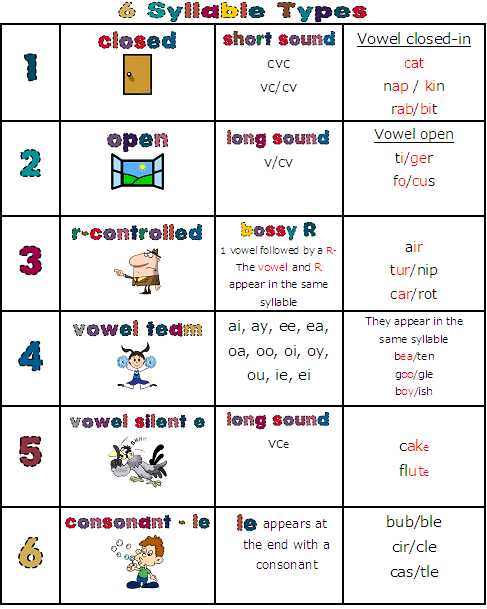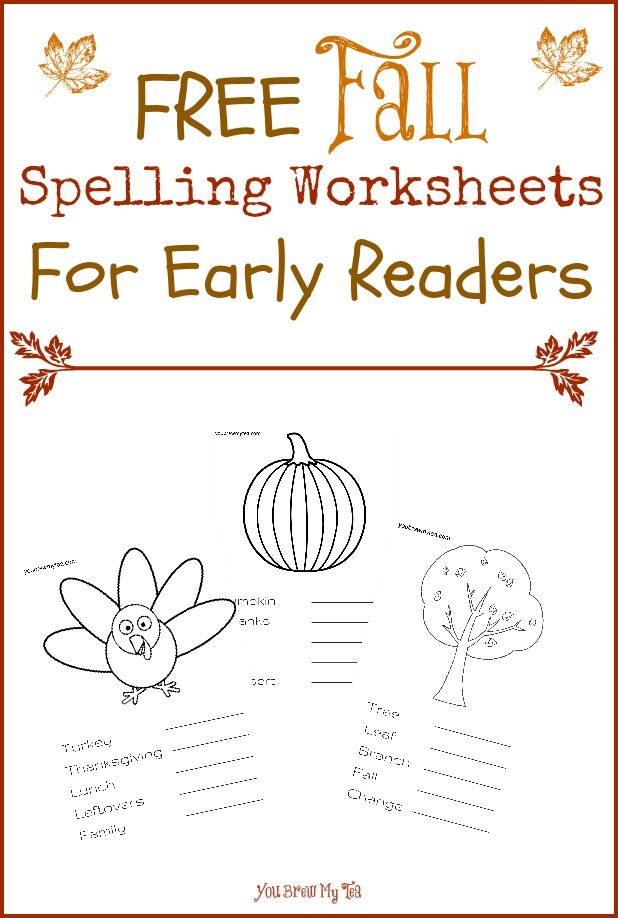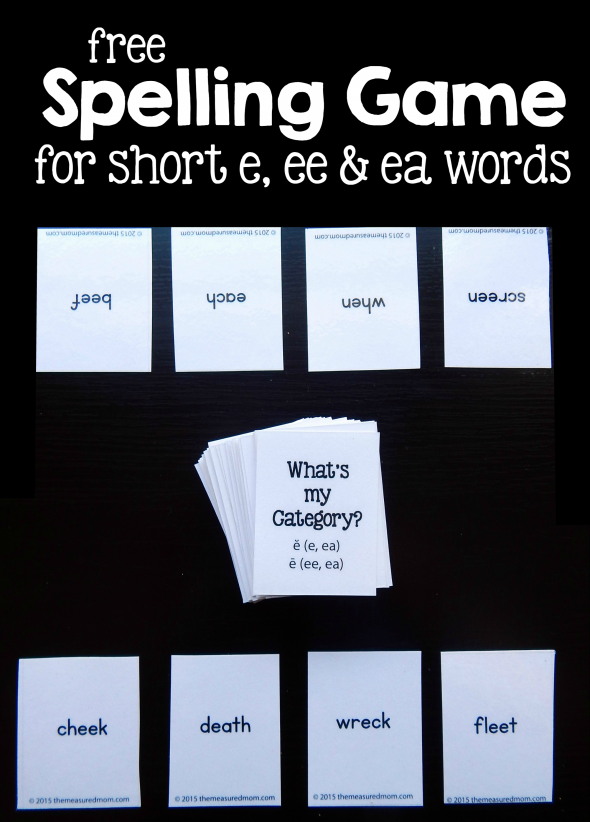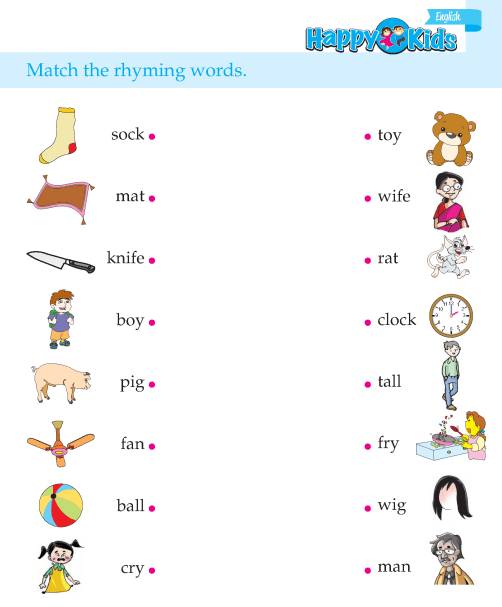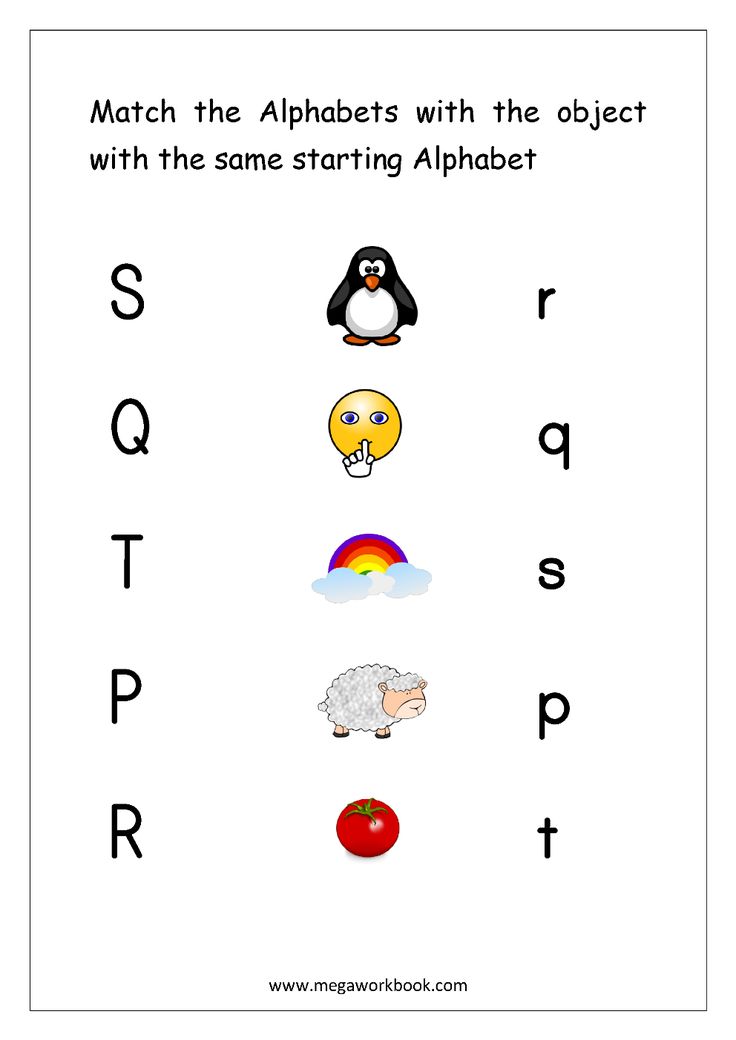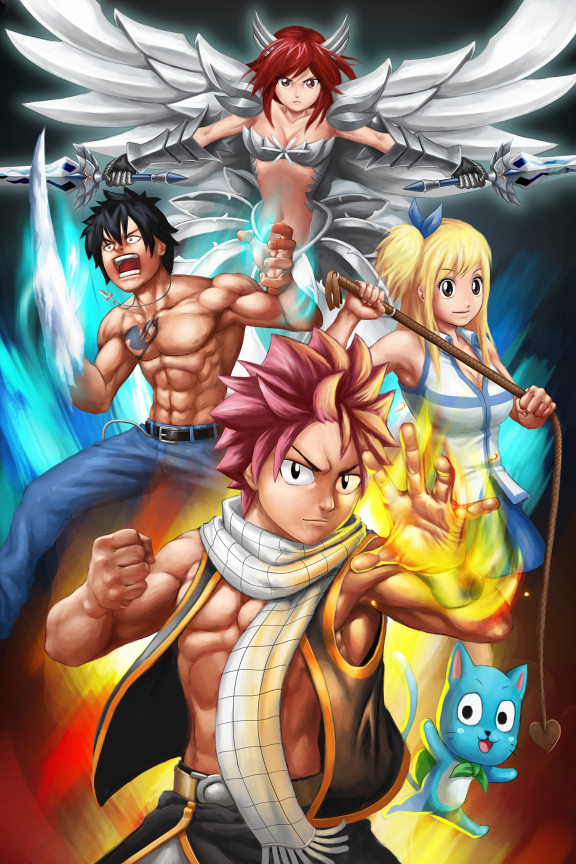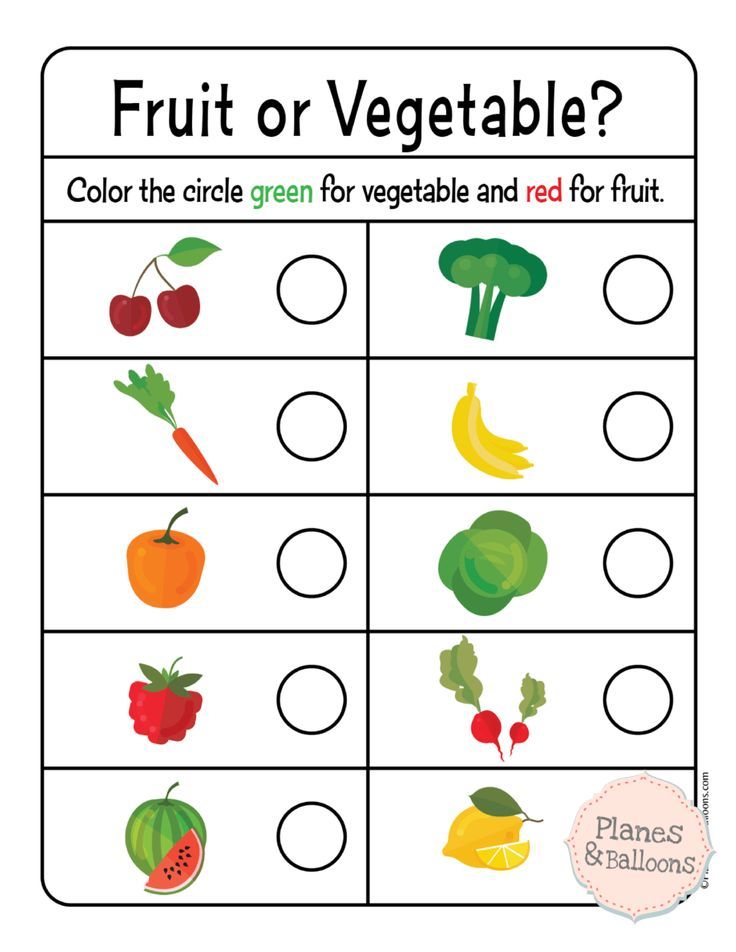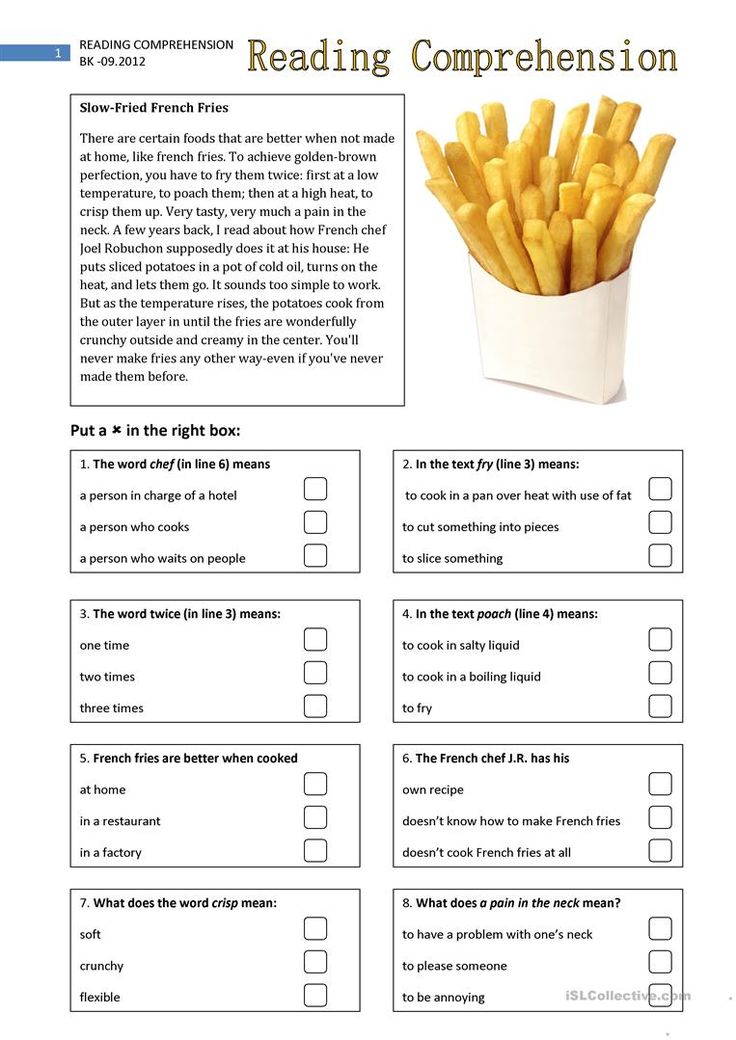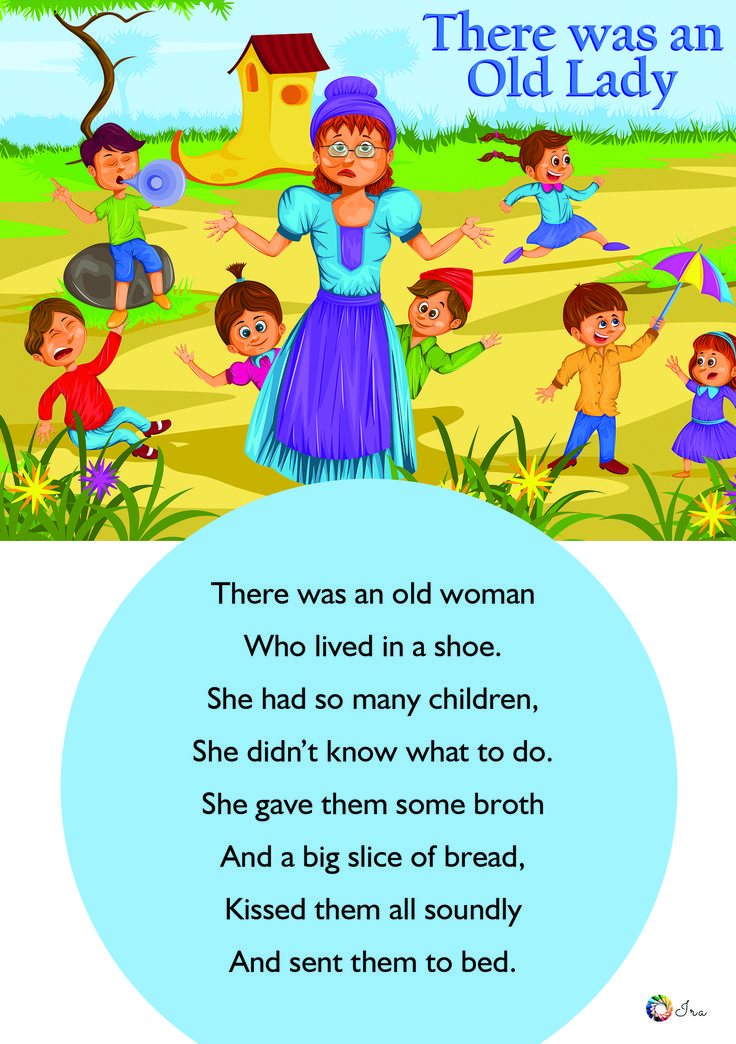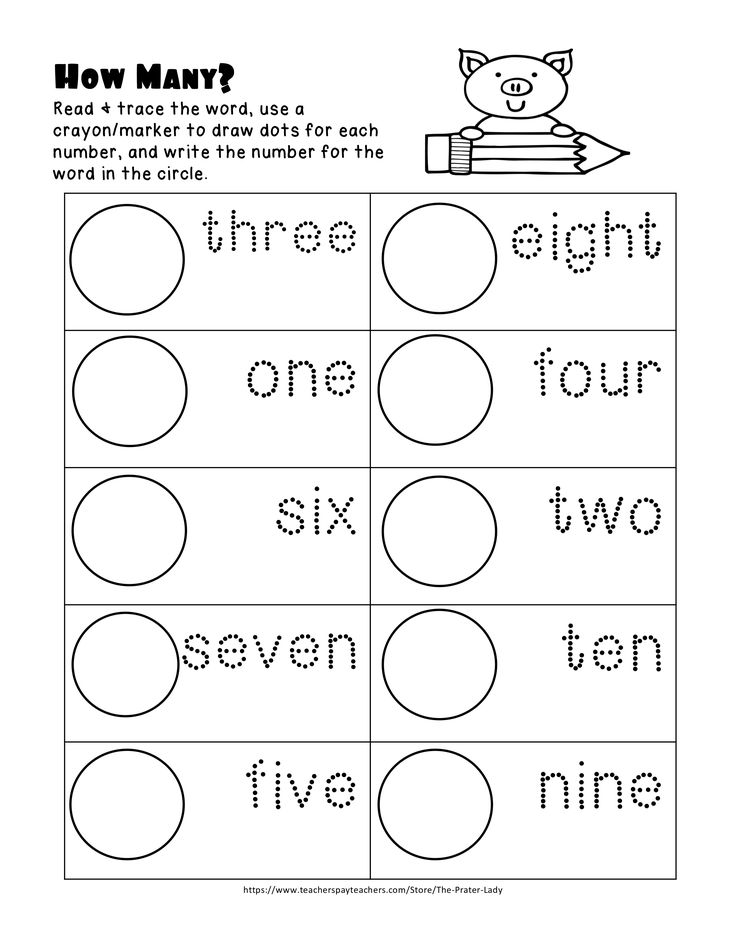6 syllable types worksheets free
6 Syllable Types Resource Pack
Do you have a child or student who freezes up when he comes to longer words in his reading? Often times, readers {especially struggling readers} don’t realize that most longer words are just smaller words and patterns put together. Other times, readers know this about longer words, but may still have a hard time breaking them down into manageable chunks.
That’s what learning about syllable types is all about. Not only does learning about the 6 types of syllables help kids see that longer words can be broken down into chunks, it helps them see how they are broken into chunks. While I have a simple printable for breaking down longer words, I have found that learning about the specific syllable types has really helped my 4th grader take off in his reading this school year.
I created a 6 Syllable Types Resource Pack for him to use a home to reinforce what he’s been learning in school. {FREE printable pack found at the end of this post. }
*This post contains affiliate links.
6 Syllable Types Resource Pack
In this resource pack, you’ll find a student page, perfect to slip into a reading notebook or in an area where kids read.
The page has the 6 syllable types (closed, open, r-controlled, vowel + silent e, vowel teams, consonant + le) with their definitions
and 3-4 images (with words) to show them how the syllable type applies to real multi-syllabic words.
The wall charts are perfect to place at a reading center, guided reading area, or just on the wall in general.
And the bookmarks can be carried around easily and serve as a great reminder.
Looking for even more syllable practice?
Snag a copy of my 6 Syllable Types Interactive Pack!
{keep scrolling for the freebie}
Teaching the 6 Syllable Types
So, how exactly do you teach the 6 syllable types? One at a time.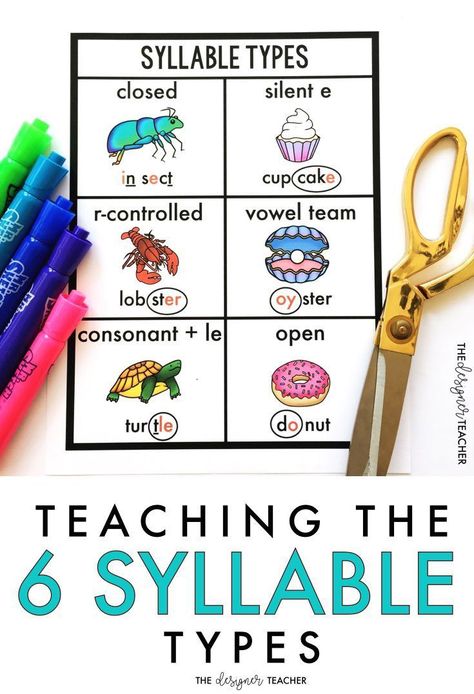 The order in which I included them in the pack is the order that is developmentally appropriate for teaching vowel sounds.
The order in which I included them in the pack is the order that is developmentally appropriate for teaching vowel sounds.
If your child is able to quickly decode words like kit or ten, it is a great time to show him or her how you can combine these two CVC words to create a longer word. Younger kids especially feel very successful when they can read or spell “big” words, like kitten.
I have found that it’s good to practice looking for the syllable types you’ve studied out of context. Write words down and work on breaking them apart together. Talk about which syllable type(s) you see. If it helps your child, label them with the consonant and vowel abbreviations, like CVC.
It works beautifully if the word is pulled directly out of the reading the child is doing. The appendix of Words Their Way has tons of word lists that fit the patterns of all 6 syllable types and I refer to it often. If you use All About Spelling or All About Reading, you’ll notice that once kids know their CVC words, they start introducing longer words that kids can break down and spell right away.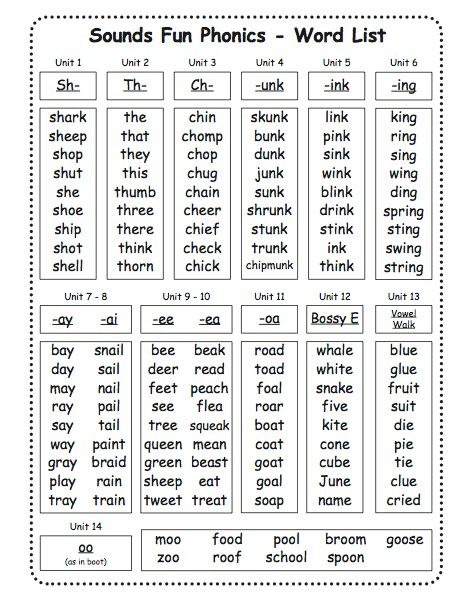
More Resources You May Like:
- Strategies for Reading Longer Words
- Prefixes and Suffixes Learning Pack
- Open and Closed Syllable Activities
- Long Vowel Word Study App – reviews and features the first 5 syllable types from this pack
~Becky
Want MORE Free Teaching Resources?
Join thousands of other subscribers to get hands-on activities and printables delivered right to your inbox!
FREE Syllable Types and Syllable Division - Digital & Printable Activities
Use coupon code SAVE10 for an extra 10% on your first order!
Rated 5.00 out of 5 based on 11 customer ratings
(11 customer reviews)
$0.00
The Science of Reading tells us that teaching students the six syllable types helps them to decode bigger, more complex words and become more effective readers!
This FREEBIE is a sample of my Syllable Types and Syllable Division resource which has EVERYTHING you need to teach your students syllable types.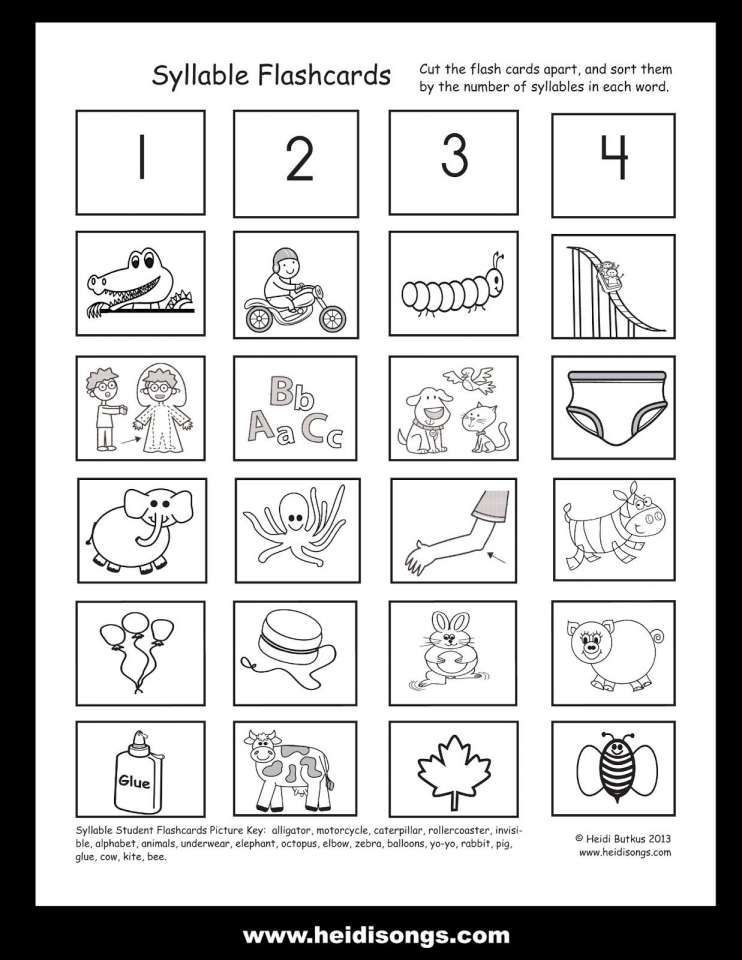
⭐️ CLICK to PREVIEW RESOURCE ⭐️
⭐️ CLICK for VIDEO PREVIEW ⭐️
FREE Syllable Types and Syllable Division - Digital & Printable Activities quantity
Categories: Free, Literacy Center Activities, Phonics- Word Study, Science of Reading
- Description
- Reward Points
- Ask a Question
- Reviews (11)
- FAQ
Description
You may know that syllables are the units of sound we use to divide words. But did you know that the Science of Reading shows us that teaching students the six syllable types helps them to decode bigger, more complex words and become more effective readers?
This freebie is a sample of my resource: Syllable Types and Syllable Division
This six syllable types (closed, open, magic e, vowel team, r-controlled, consonant +le) resource comes with everything you need for teaching syllable types to your students!
Use the digital teaching slides for whole group guided instruction when first introducing syllable types.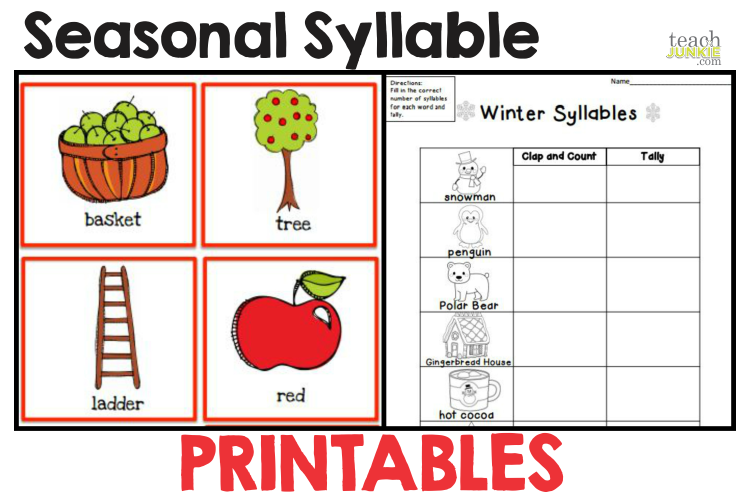
Next, work with small groups of students on decoding one syllable, two syllable, and three syllable words by using the small group printables.
When students begin to master different syllable types, they can practice independently by using the printable practice sheets or digital practice slides.
Use the included syllable-type posters at a center or designated place in your classroom where students can reference them as needed.
The FULL RESOURCE includes:
- Scope & sequence of syllable types
- Information for the teacher and additional resources links
- Teaching posters for each syllable type with definitions and examples
- Teaching slides for 72 words (Google Slides)
- 30 small group or center printables w/ student self-check
- 30 Independent student practice printables
- 59 digital slides for independent student practice (Google Slides)
- Seesaw images included if you’d like to upload activities
Reward Points
I’ve created a simple point system for giving back to loyal customers!
- For every $1 (US dollar) you spend, you earn 1 point!
- 20 points can be redeemed for $1 (US dollar) on a future purchase!
- When you leave feedback (review), you get 5 points!
- Reward Points can be viewed under My Account.
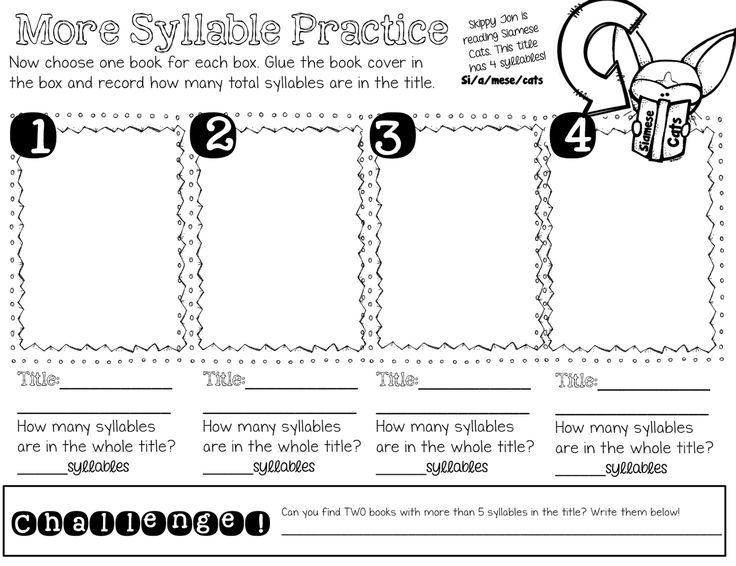
This means that you effectively get 5% back on everything you buy, plus extra points for feedback. Points are valid for one year and can be used for anything in the store!
Note: Point award system is subject to change. View full terms here.
Only logged in customers who have purchased this product may leave a review.
There are two ways to get to your purchased downloads:
- An automatic email with the download link is generated every time you make a purchase so check your inbox and spam/junk box then click on the link in the email.
- Log in to your account and you will find a list of your purchases, which you can download at any time onto any of your devices.
No! This item contains files that will be downloaded to your computer. You may print them at home/work/school or send to a professional printer.
You may print them at home/work/school or send to a professional printer.
You may also like…
- Sale!
Phoneme Sound Wall with Mouth Articulation Photos – science of reading aligned
Rated 5.00 out of 5
$28.00 Add to cart - Sale!
Phonemic Awareness Activities – Phonics Activities Bundle
$12.00 Add to cart - Sale!
Word Mapping – Connecting Phonemes to Graphemes MEGA BUNDLE
Rated 5.00 out of 5
$19.60 Add to cart - Sale!
Heart Words – Teaching High Frequency (sight words)
Rated 5.00 out of 5
$29.50 Add to cart
Shopping cart0
There are no products in the cart!
Continue shopping
0
This website uses cookies to ensure you get the best experience on our website. See full disclosure here.
See full disclosure here.
accept
This website uses cookies to ensure you get the best experience on our website.
See full disclosure here.
accept
Types of syllables in English - open and closed syllables
October 4, 2017
6 min. read
399618
Each English word is a whole, but at the same time a unique mosaic, which was assembled from separate, tiny parts called syllables. A syllable can be a letter, and sometimes a whole group of consonants and vowels, which the English pronounce differently. But, despite the varied reading, there are only four main types of syllables in English: open and closed, syllables like “vowel + r” and “vowel + r + vowel”. Well, let's discuss them in more detail. Let's do this!
Open syllable in English (Type I)
Features:
- Only one vowel is used in an open syllable.
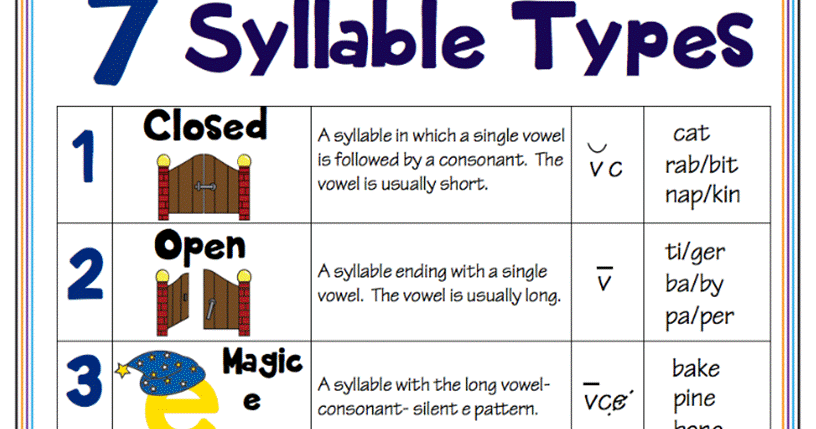
- The vowel is pronounced the same as in the alphabet.
- A vowel is the last letter in a syllable.
- Open syllables have at most one consonant between the open syllable and the next vowel.
Examples of reading vowels in an open syllable:
Letter « A » [ eɪ ] -fame [feɪm] - glory, baby ['beɪbɪ] - child, female ['fi: meɪl] - female.
The letter " O " [ əu ] - note [nəut] - note, zero ['zɪərəu] - zero, frozen ['frəuz(ə)n] - frozen.
The letter “ E ” [ ɪ ] - we [wɪ] - we, behind [bɪ'haɪnd] - behind, uneven [ʌn'i: v (ə) n] - unbalanced.
The letter “ I ” [ aɪ ] – icy ['aɪsɪ] – icy, iris ['aɪərɪs] – iris (eyes), ivory ['aɪv(ə)rɪ] – ivory or cocaine.
Letter " Y " [ aɪ ] - wry [raɪ] - curve, apply [ə'plaɪ] - make a request, descry [dɪ'skraɪ] - consider.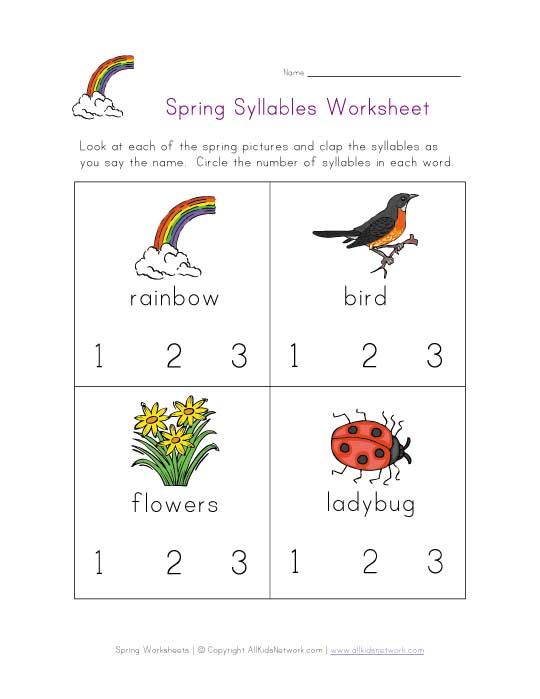
Letter « U » [ ju :] – funeral ['fju:n(ə)rəl] – funeral, museum [mju:'zi:əm] – museum, universe ['ju:nɪvɜ:s] - the universe.
Read also
How to be positive
Closed syllable in English (Type II)
Features:
- Only one vowel is used in a closed syllable.
- If a word consists of only two letters, then it must necessarily end in a consonant.
- If there are only three letters in a word, then in a closed syllable one consonant comes before and one (or more) comes after the vowel.
- In the event that the word has two closed syllables following one another, there will be consonants between the vowels.
- All sounds are short/short.
Examples of reading vowels in a closed syllable:
Letter « A » [ æ ] – tomcat ['tɔmkæt] – cat, wombat ['wɔmbæt] – wombat, snatch [snætʃ] – robbery.
The letter " O " [ ɔ ] - clot [klɔt] - lump, pol [pɔl] - politician, common ['kɔmən] - universal.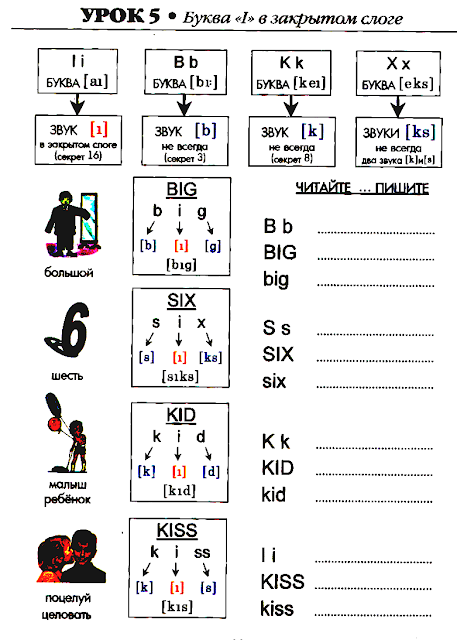
The letter " E " [ e ] - gen [dʒen] - information, businessmen ['bɪznɪsmən] - entrepreneurs, nest [nest] - nest.
Letter « I » [ ɪ ] - chit [tʃɪt] - note, splinter ['splɪntə] - splinter, miff [mɪf] - spat.
Letter « Y » [ ɪ ] – mythology [mɪ'θɔlədʒɪ] – mythology, system ['sɪstəm] – system, mystify ['mɪstɪfaɪ] – to mystify.
Letter « U » [ ʌ ] - make-up ['meɪkʌp] - make-up, rummer ['rʌmə] - large glass, blush [blʌʃ] - blush.
Syllable of the form "vowel + r" (III type)
Features:
- Last letters of the syllable: (consonant) + vowel + "r".
- In this type of English syllable, all sounds are long and in transcription have a special designation in the form of ":".
Third type reading examples:
The letter " A " [ ɑ: ] - barge [bɑ: dʒ] - barge, bazar [bə'zɑ:] - masquerade fair under the oriental bazaar, guitar [gɪ'tɑ:] - guitar.
The letter " O " [ ɔ: ] - pork [pɔ:k] - pork, torque [tɔ:k] - twisted metal necklace, orc [ɔ:k] - orc.
Letter “ E ” [ ɜ: ] – erne [ɜ:n] – white-tailed eagle, therm [θɜ:m] – heat unit, fern [fɜ:n] – fern.
Letter “ I ” [ ɜ: ] – pirn [pɜ:n] – coil, smirch [smɜ:tʃ] – dirty spot, kirn [kɜ:n] – harvest festival.
The letter " Y " [ ɜ: ] - myrrh [mɜ:] - aromatic resin, myrtle ['mɜ: tl] - myrtle, Mr. Byrd [bɜ: rd] - Mr. Byrd.
The letter " U " [ ɜ: ] - spur [spɜ:] - spur (on shoes), blur [blɜ:] - spot, concur [kən'kɜ:] - occur simultaneously.
Syllable of the form "vowel + "r" + vowel" (IV type)
Features:
- Some vowels turn into triphthongs or diphthongs.
- diphthong ( diphthong ) is a sound formed by a combination of two vowels in one syllable, in which the sound is first pronounced as one vowel, but then smoothly flows into another.

- Triphthong ( triphthong ) is a combination of three letters or sounds.
Reading examples of the fourth type:
Letter « A » [ ɛə ] – Maryland ['mɛərɪlænd] – Maryland, wary ['wɛərɪ] – careful, canary [kə'n.ɛə
Letter " O " [ ɔ:] - shore [ʃɔ:] - shore, more [mɔ:] - more numerous, swore [swɔ:] - swore.
The letter " E " [ ɪə ] - sphere [sfɪə] - ball, here [hɪə] - here, revere [rɪ'vɪə] - to read.
The letter “ I ” [ aɪə ] – mire ['maɪə] – bog, crossfire ['krɔsfaɪə] – crossfire, retirement [rɪ'taɪəmənt] – retirement.
Letter « Y » [ aɪə ] - tyre ['taɪə] - tire, lyre ['laɪə] - lyre, gyre ['dʒaɪə] - circular rotation.
The letter " U " [ juə ] - purely ['pjuəlɪ] - without impurities, cureless ['kjuələs] - incurable, demure [dɪ'mjuə] - modest.
Silent vowel "E"
- A voiceless syllable or a syllable with a silent vowel "e" at the end.
- Consists of a vowel followed by a consonant and then the letter "e", which is just not pronounced.
- As a rule, this is the final syllable in the root part of the word.
Reading examples: fake [feɪk] - fake, centime ['sɑ:nti:m] - centime, commune ['kɔmju:n] - community etc.
NOTA BENE : In English, silent vowels at the end of words are considered an indication that syllables are open. Accordingly, vowels are read in exactly the same way.
Read also: How to stress English words and sentences
How to become an English pronunciation guru
- Record your speech on a voice recorder to identify problematic aspects of pronunciation that you should work on in the future.
- Take your time and watch your breathing, as the speed of speech is not always an indicator of fluency and clear pronunciation.

- Close your eyes and visualize the process of sound creation at the moment of speaking.
- Pronunciation is a physical skill, because while speaking in a foreign language, you use different facial muscles. For this reason, always practice sounds that don't come out.
- Good pronunciation is not just learning individual sounds. Make time for intonation and stress.
- Practice in front of a mirror, paying attention to the position of your mouth and tongue.
- Listen to English-language podcasts, watch movies and repeat after native speakers.
- Pronunciation problems persist because we are afraid of making mistakes. Do not be afraid.
- Practice speaking when you are alone in a comfortable environment.
- Find a language learning buddy and exchange opinions. A little criticism from the outside is a useful thing.
- Sing your favorite songs in English, feel the rhythm and intonation accents.
- And finally, be sure to read the article on the rules of reading English vowels and consonants, in order to become a master of phonetics for sure.
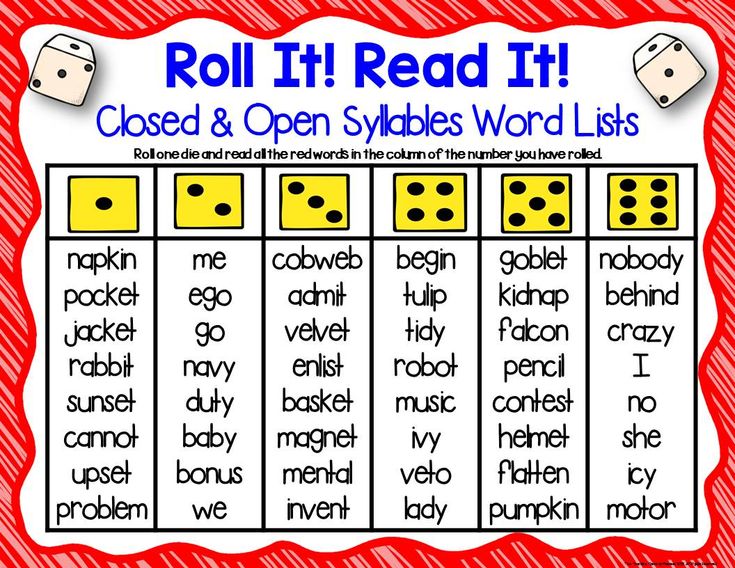
Read also
25 English words to keep a conversation going
Conclusion
Although learning the types of syllables in English will take some time, simple reading rules will subsequently help improve not only phonetics, but also spelling. In addition, this will allow you to expand your vocabulary and use new knowledge during live communication with natives.
Speak English right and be awesome ;)
Large and friendly family EnglishDom
Author
Englishdom
Article rating:
Thank you, your vote counted
Lesson 6 confidently read the words, but they sound something like this: “ko-te-nok”, “so-ba-ka”, “ig-rush-ka”, “ki-no”, etc. In other words, the baby reads the words, but reads them syllable by syllable. This is quite normal, but you definitely need to work on it, because. only when the child reads the words and sentences completely and without hesitation can we say that he really learned to read.
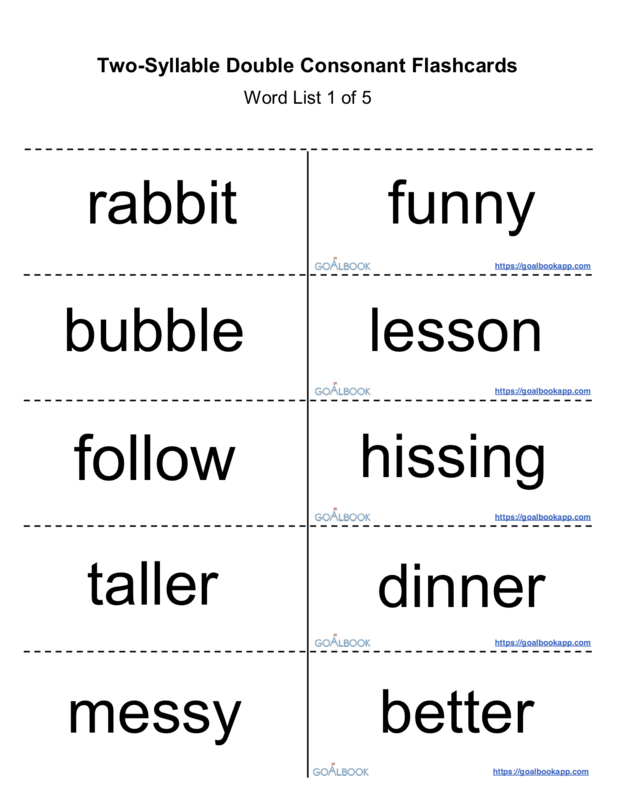 In addition, at the same time as learning to read words in their entirety, children must learn to understand the meaning of what they read. We will talk about these topics in the presented lesson.
In addition, at the same time as learning to read words in their entirety, children must learn to understand the meaning of what they read. We will talk about these topics in the presented lesson. But first, let's clarify a few very important points for ourselves - when a child learns to read words in its entirety, it is necessary:
- referred to in the text)
- Auxiliary exercises and games must be used along with the use of the primer and the alphabet
- Actively work with syllable tables to consolidate the skill of syllable recognition (if suddenly, when reading words, the baby begins to spell)
- Help the child to see the junction of syllables (if the child finds it difficult to see them himself)
- Spend more time working through problem steps
And now let's get to the point.
It is recommended to hone the whole word reading skill in a child with the help of special games and exercises. We have studied some of them and selected the most interesting and effective ones.
Contents:
- Insert Letter Game
- Exercise "Chains of words"
- Picture and Word Game
- The game "Composing words from syllables"
- Finish the word game
- Exercise "Reading words in halves"
- Exercise "Pick the word"
- Game "Composing words from letters"
- Word geoboards
- Isographs
- What difficulties may arise in reading words
1
Insert a letter game
This game shows excellent results at the very beginning of learning to read words. To play it with your child, print or draw several cards in advance with different pictures of objects whose names consist of three letters, for example, “cat”, “grandfather”, “forest”, “house”, “poppy”, “mouth ”, “whale”, etc. Under each of the pictures, write the first and last letter of the word, and leave an empty space instead of a vowel.
Now give your child a task to fill in the missing letters in the words.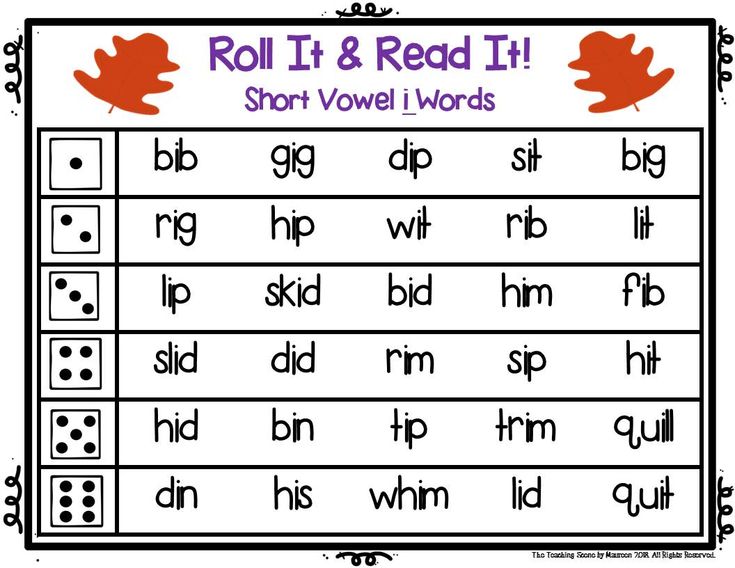 It will be great if the child does not write letters, but inserts specially cut out, for example, from the alphabet, and each letter should be in several versions, because. words will come across where you need to insert the same letter.
It will be great if the child does not write letters, but inserts specially cut out, for example, from the alphabet, and each letter should be in several versions, because. words will come across where you need to insert the same letter.
2
Word chain exercise
At the beginning, when reading words, many children begin to repeat the first syllables. For example, when reading a two-syllable word, the first syllable is repeated, when reading a three-syllable word, the first and second syllables, etc. This happens for the reason that thanks to repetition, words are better understood, and by the time the last syllable is read, the first is not forgotten.
In order to make one-syllable reading become normal reading, one can use chains of words in which the last syllable of one word is the initial syllable of the next, for example: “ki-no-ta-ra-sa-ni-na”, etc. When reading such chains, the baby does not need to repeat the first syllable all the time, because it would have already been read in the previous word.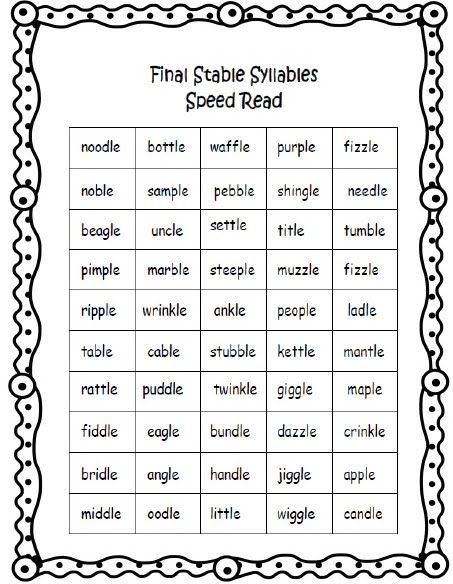 This greatly facilitates reading and makes it much more interesting.
This greatly facilitates reading and makes it much more interesting.
It can be difficult for a child to read such word chains in a book, because a lot of letters and syllables fall into his field of vision. To simplify the procedure, you can either write such chains on separate sheets, or cut out a “window” in a small paper square, in which only 2-3 syllables will fit.
If you decide to use cards, then lay them out in pairs, and as you read, add new syllables and remove the previous ones. Here is another example of such syllables: “ra-no”, “no-gi”, “gi-rya”, “rya-ba”, “ba-nya”, “nya-nya”, etc.
3
Picture and Word Game
This game is one of the most common word games (you can find it in many bookstores, by the way). In the usual version, the game is played like this: the child is given cards with words, and the parent has pictures in his hands. The parent shows the picture to the child. If among his cards there is a word corresponding to the shown picture, he takes the picture for himself. If not, the game continues.
If not, the game continues.
You can also often find a similar game in special reading notebooks. The game involves the child reading the word and connecting it with the image that corresponds to it.
We want to draw your attention: if you decide to make a similar game yourself, to make it more interesting and rich, add a couple of extra cards to the cards with words and pictures that do not match each other.
4
The game "Composing words from syllables"
Here you can completely do without pictures. For the game, you will need to write several two-syllable words on the cards, for example, “river”, “mother”, “lotto”, “button accordion”, “leg”, “hand”, etc. Then you need to cut the cards into two halves and mix.
The child's task is to form words from syllables, and he must choose the sequence himself. In addition to the fact that the baby will learn to read words correctly, he will also understand their semantic meaning. If non-existent words appear, point it out to him, but if he composes words that are not familiar to him, explain their meaning.
A similar game can be played with words of three syllables. Often this option is much more interesting than the first.
5
Finish the Word Game
Another game with pictures, but pictures in this case will suit absolutely anything, from postcards to magazine clippings. With the help of paper clips, you need to attach pieces of paper with the first letters of the names of what is depicted on them written on them. The endings of words also need to be written on pieces of paper and laid out in front of the child. His task is to look at the image, read the beginning of the word and find a piece of paper with a suitable ending (for a change, add non-existent endings to the pieces of paper).
There is another version of this game, but without pictures. On the cards, the beginnings of words are written that refer to one generalizing term (animals, dishes, clothes, furniture, shoes, seasons, etc.). Word endings are written on other cards. The task of the kid is to correctly compose words, and then say how all this can be called in one word, for example: “boots” + “sneakers” + “boots” “shoes”, “coat” + “pants” + “skirt” “clothes” and so on.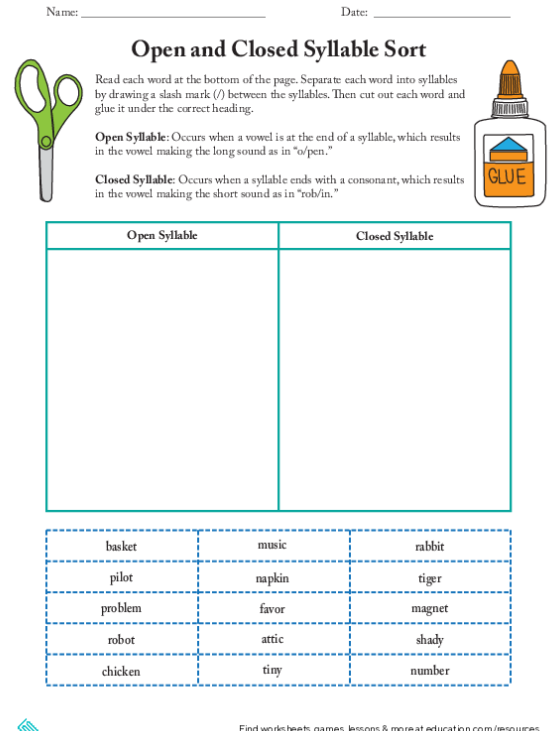
6
Exercise "Reading words in halves"
Such an exercise not only develops the skill of reading words, but also contributes to the early prevention of written errors. The bottom line is this: a word is written on the card and cut lengthwise into two halves. The child reads one half and then finds a card with the corresponding second half (naturally, there should be several cards, and among them there should be a couple of extra ones that do not correspond to a single word).
7
Exercise "Pick the word"
The exercise is based on the selection of groups or pairs of words that are logically related. It is noteworthy that in order to establish a logical connection, the child simply needs to read the words and comprehend its meaning.
The exercise can be filled with any content, but the organizational form is always the same: you need to come up with and write words on separate cards in advance, and then invite the child to read them and combine the cards into semantic groups.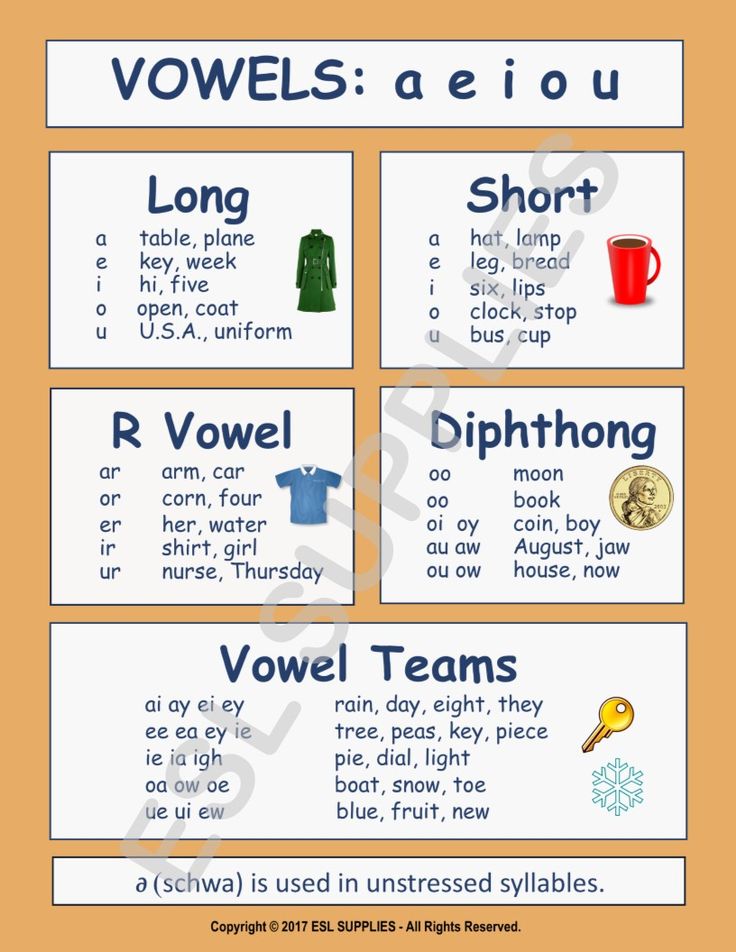 Here are some relevant examples:
Here are some relevant examples:
- What is usually poured into a plate and what into a mug? Among the options may be the words: "tea", "soup", "coffee", "borscht", "juice", "ukha", "cocoa", etc.
- What about furniture/dishes/food/animals? Among the options may be the words: "nut", "dog", "chair", "cup", "honey", "deer", "armchair", "cat", "kefir", etc.
- Match these words (point to a group of words) with a suitable word (point to mixed cards with words)
- Match all the words with as many words as possible that are suitable in meaning (also lay out cards with words in front of the child, and let him connect them in groups)
- Pick up words that are opposite in meaning (for example, "white - black", "big - small", "clear - gloomy", "cheerful - sad", etc.)
Choose from a variety of activities to develop your child's reading and logical thinking skills.
8
The game "Composing words from letters"
A game similar to one of the above.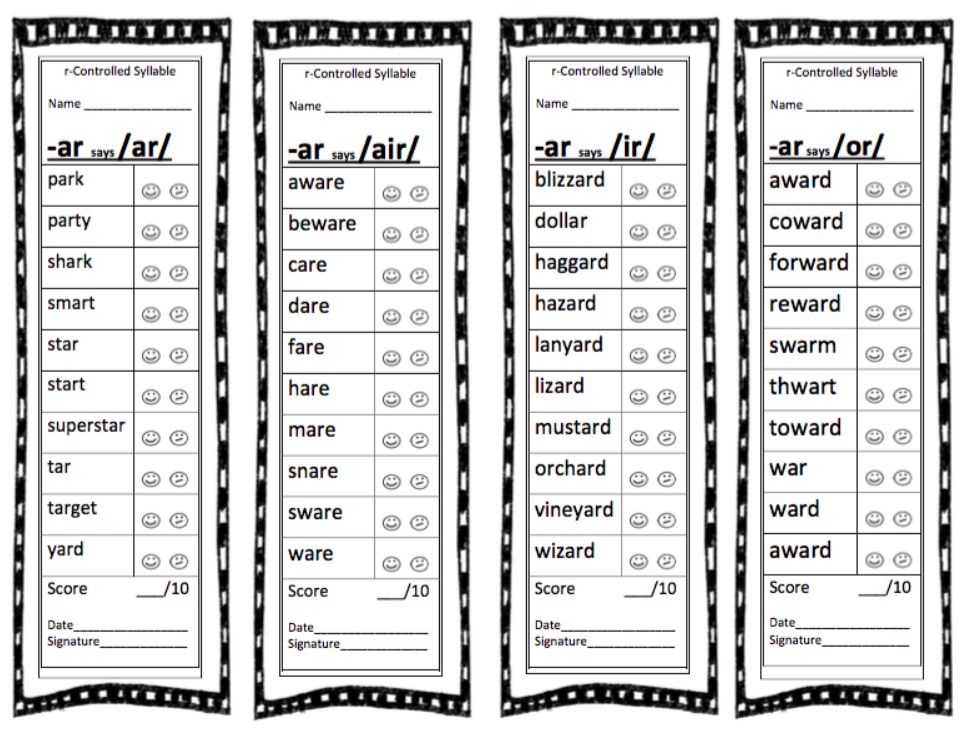 The only difference is that it is necessary to play it with a child only in cases where, when reading, he does not switch to letter-by-letter reading and has already adapted to pronunciation and voicing of merging syllables.
The only difference is that it is necessary to play it with a child only in cases where, when reading, he does not switch to letter-by-letter reading and has already adapted to pronunciation and voicing of merging syllables.
To play, you will need to cut out letters from some alphabet (you can even donate two or three alphabets to this cause). The letters are laid out in front of the child, and he must make existing words out of them.
It is more interesting to play this game if you choose a set of letters on purpose. For example, put the letters F, E, H, O, T, L, E in front of the baby, and see what words he will make of them. If you want to complicate the game, then you can give the child the task of making two words at the same time, having prepared the appropriate set of letters in advance. For example, put the letters Y, O, C, H, K, A in front of it, and give the task to make two words denoting the names of drinks (it is recommended to choose words related to the same general concept, but when it becomes easy to complete the task, this recommendation can not be stick to).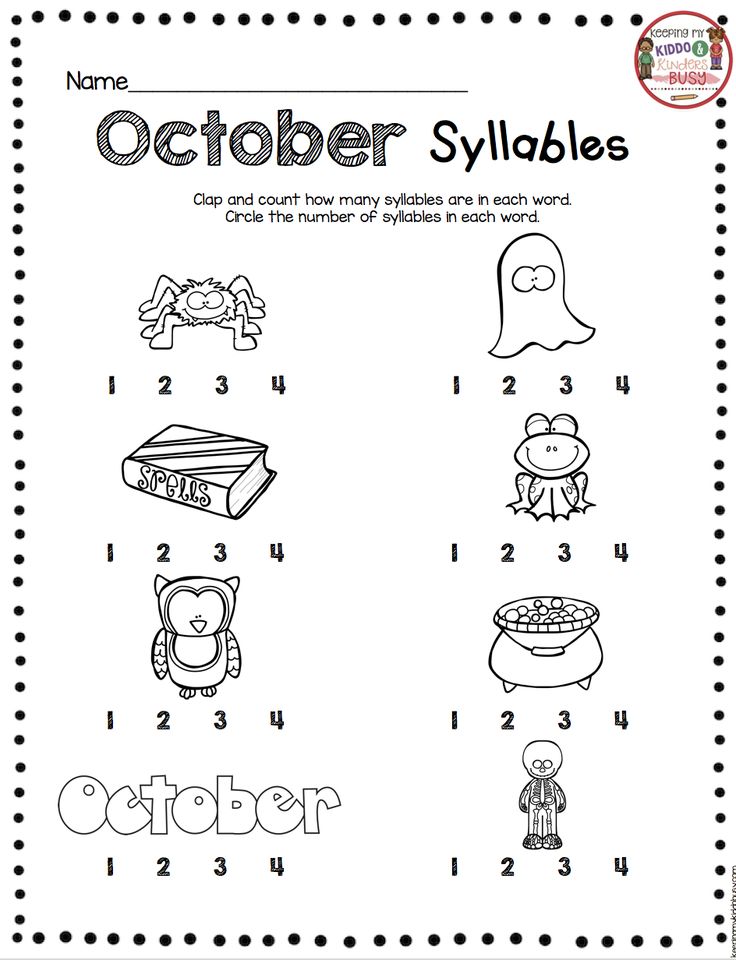
9
Word Geoboards
Reading word geoboards is a very interesting and productive activity that perfectly develops reading skills and attentiveness. You need to take a landscape sheet and draw it with squares. Words on the same topic fit into vertical and horizontal squares (you can choose any topic - from drinks to fairy-tale characters). Empty cells, which will remain anyway, can be filled with any letters in any order.
The child must find the words hidden in the geoboard. If at first he performs the task with difficulty, call him these words, and let him search. In addition to everything, geoboards perfectly develop thinking and comprehension when reading, because in addition to real words, among all their variety there will be many completely meaningless ones.
Below is an example of a word geoboard on the theme of fairy tale characters:
C O L O B O K A Y D
ADILAPOTYU
R U S A L O C A Y
A R A B D A D O N M
B E L K A SCH U K A O
A M A L V I N A V
S A L Y N U S H K A O
D R A C O N C O T H
E L K A R L S O N K
L I B A Z I L I O A
10
Isographs
Isographs are pictures that are drawn using the letters that designate them.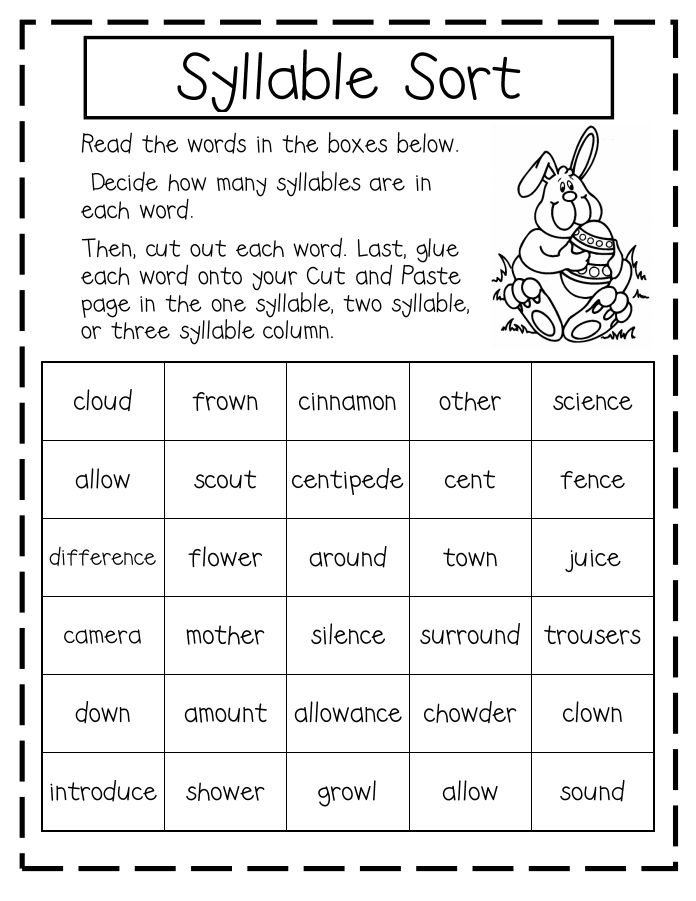 In most cases, the letters themselves are arranged so that the images resemble what the letters stand for. The task of the child is to look at the image, read the encrypted word and determine whether it matches the picture or not.
In most cases, the letters themselves are arranged so that the images resemble what the letters stand for. The task of the child is to look at the image, read the encrypted word and determine whether it matches the picture or not.
A few examples of good isographs:
These exercises will help your child learn to read words, stop stammering between syllables, and grasp the gist of what they read. In general, problems should not arise, but it still makes sense to say a few words about possible difficulties.
11
What difficulties may arise when reading words
It happens that children have difficulty reading words that are not divided into syllables, and try to find syllables where there are none (common example: “kn-i-ga” , where the division into syllables is incorrect). If your child also experiences a similar difficulty, we advise you to help him at first by isolating syllable fusions. You just need to point with a pencil at the syllable and say how to read correctly.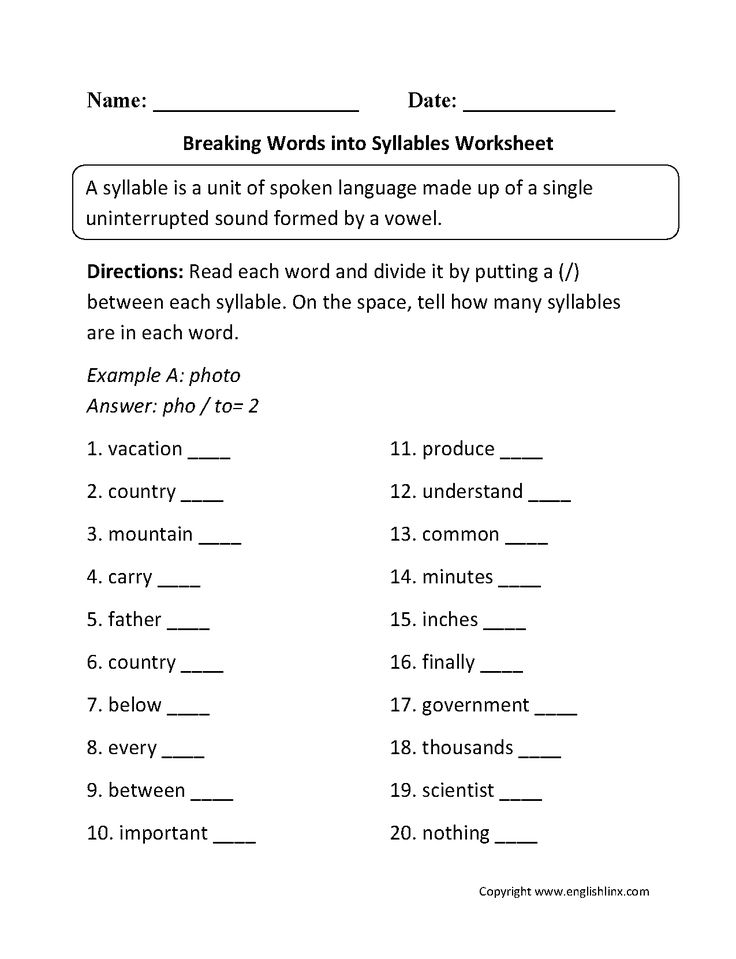
Another common difficulty is difficulty reading long words.
And one more nuance: pay attention to the words available in your baby's primer or alphabet. Often, some authors try to include in their manuals a lot of words that are quite easy to compose using the letters on the pages (as a rule, these are more complex specific words like “phase”, “dye”, “relay”, “pump”, etc. .). In these cases, it will be more optimal not to focus on these words, but instead to read and study them, use them in the above exercises.
With this lesson, the main reading part of the course comes to an end, and the final three lessons will have a slightly different focus. In Lesson 8, we'll talk about how to help your child read faster.
Test your knowledge
If you would like to test your knowledge on the topic of this lesson, you can take a short test consisting of several questions. Only 1 option can be correct for each question. After you select one of the options, the system automatically moves on to the next question.